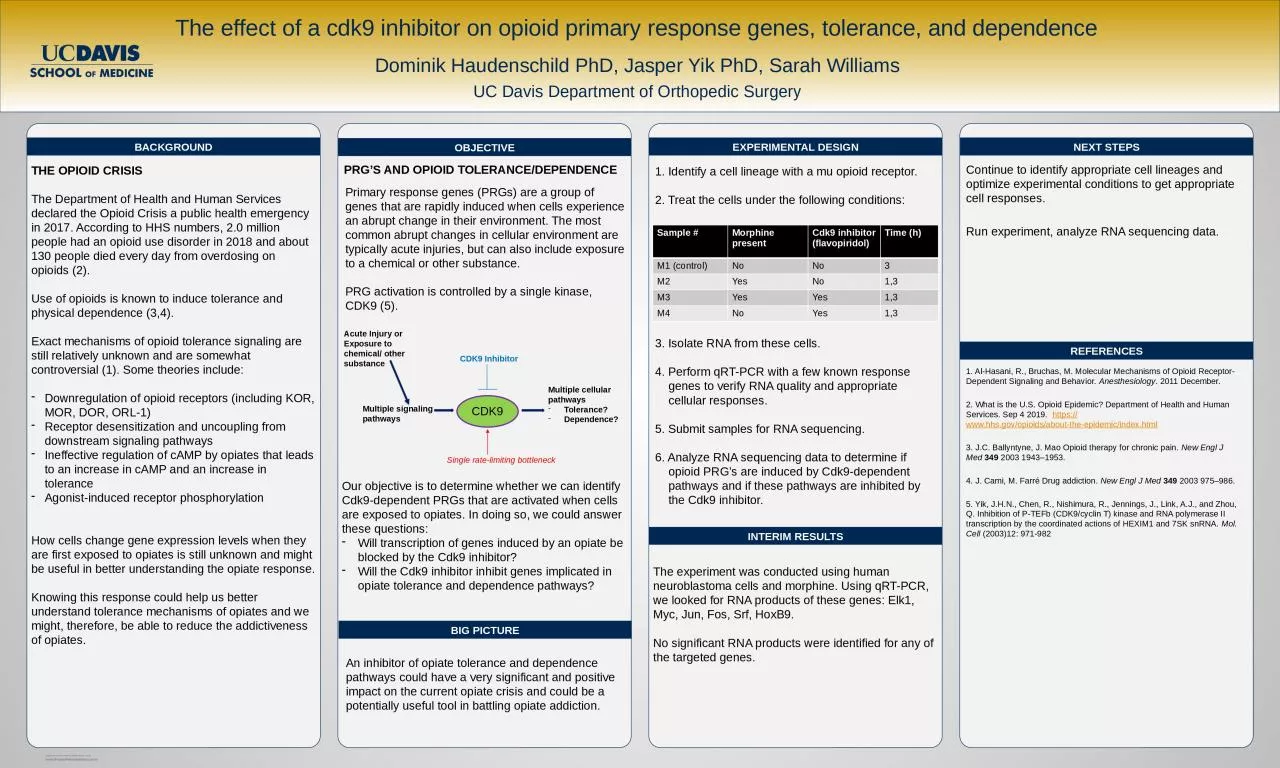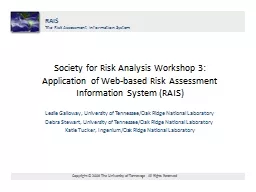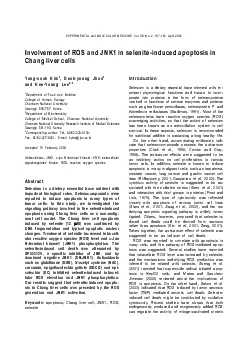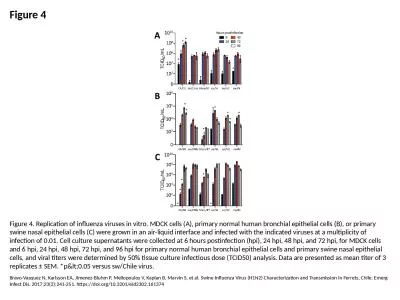PPT-Primary response genes (PRGs) are a group of genes that are rapidly induced when cells
Author : esther | Published Date : 2023-07-22
PRG activation is controlled by a single kinase CDK9 5 BACKGROUND Sample Morphine present Cdk9 inhibitor flavopiridol Time h M1 control No No 3 M2 Yes No 13
Presentation Embed Code
Download Presentation
Download Presentation The PPT/PDF document "Primary response genes (PRGs) are a grou..." is the property of its rightful owner. Permission is granted to download and print the materials on this website for personal, non-commercial use only, and to display it on your personal computer provided you do not modify the materials and that you retain all copyright notices contained in the materials. By downloading content from our website, you accept the terms of this agreement.
Primary response genes (PRGs) are a group of genes that are rapidly induced when cells: Transcript
Download Rules Of Document
"Primary response genes (PRGs) are a group of genes that are rapidly induced when cells"The content belongs to its owner. You may download and print it for personal use, without modification, and keep all copyright notices. By downloading, you agree to these terms.
Related Documents














